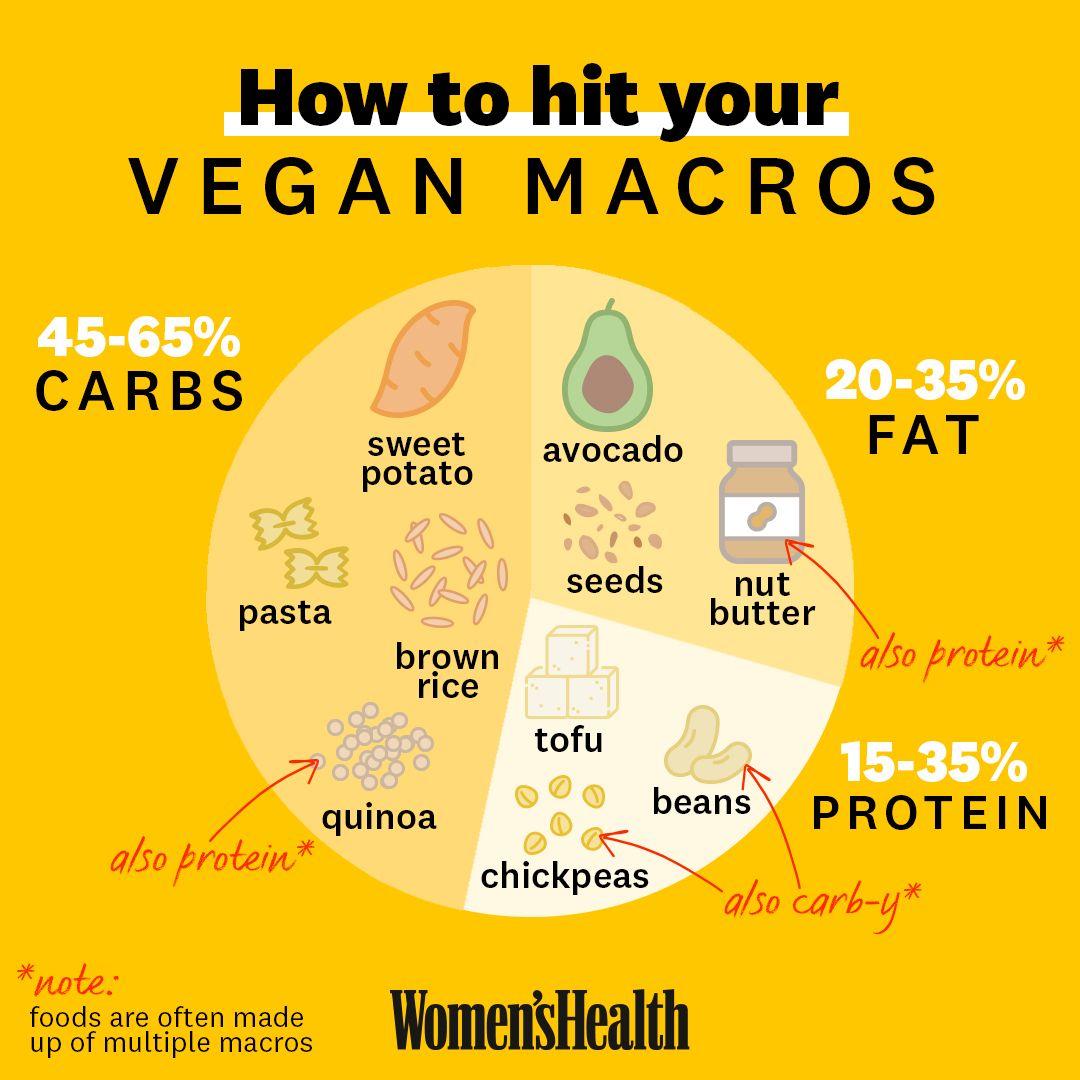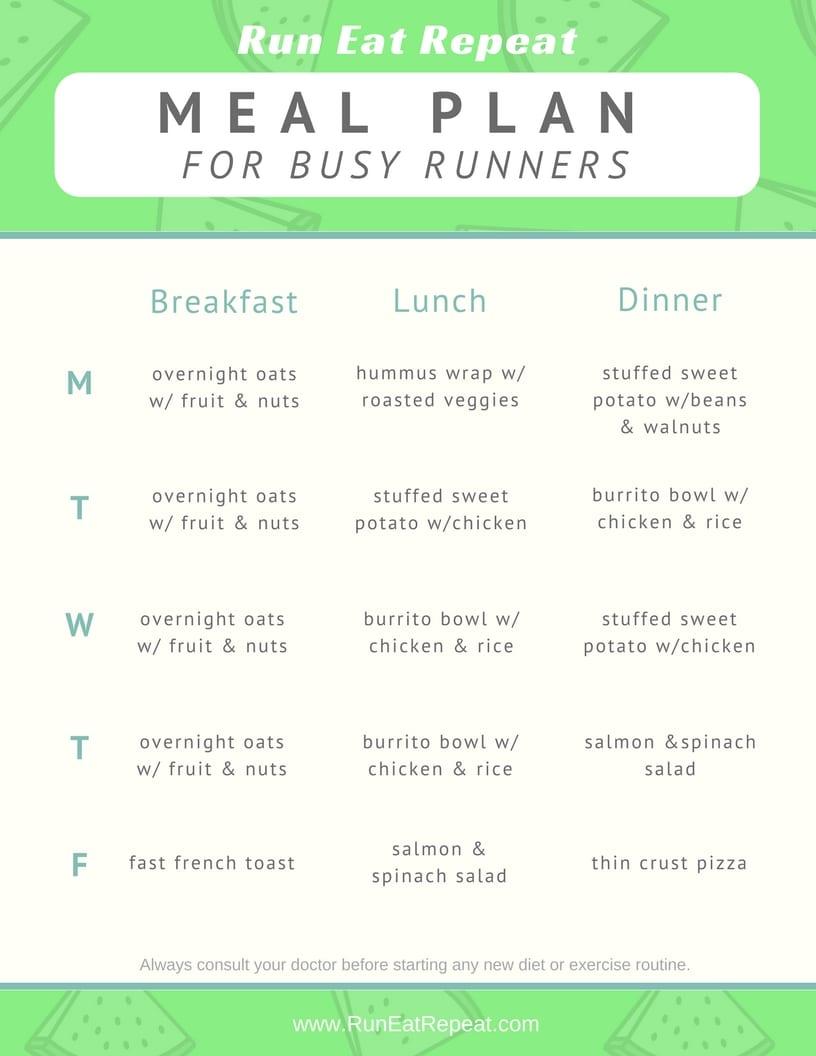Achieving fat loss is a goal that many aspire to, yet the path to success often seems complex and elusive. At the heart of this journey lies the delicate balance between carbohydrates and protein—two macronutrients that play pivotal roles in our body’s energy management and muscle maintenance. While carbs are often blamed for weight gain, and protein is hailed as the hero of fitness, the truth is more nuanced. By understanding how to effectively balance these two dietary components, you can harness their power to not only shed unwanted fat but also enhance your overall health and vitality. In this article, we will confidently guide you through the principles of optimizing your carb and protein intake, offering practical strategies to tailor your diet for effective and sustainable fat loss.
Understanding the Role of Carbs and Protein in Fat Loss
Carbohydrates and proteins play pivotal roles in your journey towards fat loss, each contributing uniquely to energy management and muscle maintenance. Carbs serve as the body’s primary energy source, essential for powering through workouts and maintaining daily functions. Opt for complex carbohydrates like whole grains, fruits, and vegetables that release energy slowly, helping to sustain you throughout the day and preventing energy crashes. On the other hand, protein is crucial for preserving lean muscle mass, especially during a calorie deficit. It helps repair and build tissues, which is vital for maintaining metabolic rate and promoting fat loss.
To effectively balance these macronutrients, consider the following strategies:
- Prioritize protein-rich meals: Aim to include a source of lean protein in every meal to support muscle health and satiety.
- Choose smart carb sources: Integrate complex carbs that provide fiber and nutrients, such as quinoa, brown rice, and legumes.
- Timing matters: Consume carbs around your workout times to fuel performance and enhance recovery.
- Monitor portions: Use portion control to balance intake, ensuring you’re not over-consuming calories from either macronutrient.
By understanding the distinct roles of carbs and protein, you can tailor your diet to support sustainable fat loss while maintaining energy levels and muscle integrity.

Crafting the Perfect Meal Plan for Optimal Fat Loss
When it comes to shedding those extra pounds, the synergy between carbohydrates and protein plays a crucial role. Balancing these macronutrients is key to optimizing your fat loss journey while ensuring you maintain energy and muscle mass. Start by choosing complex carbohydrates such as whole grains, legumes, and vegetables. These not only provide sustained energy but also help in managing hunger levels throughout the day. Pair them with lean protein sources like chicken, fish, tofu, or legumes, which aid in muscle repair and satiety.
- Focus on Portion Sizes: Ensure that your plate has a larger portion of vegetables, a moderate portion of protein, and a smaller portion of carbs.
- Timing is Everything: Consume carbs around your workout times for energy, and prioritize protein intake during meals to support muscle maintenance.
- Listen to Your Body: Adjust the ratio of carbs to protein based on how your body responds, making tweaks to enhance your fat loss results.
Incorporating these strategies not only promotes fat loss but also helps in maintaining a balanced diet that supports overall health. Remember, consistency is your ally in achieving the desired results.

Incorporating Balanced Macronutrients into Your Daily Routine
To achieve fat loss while maintaining energy and muscle mass, it’s crucial to find the right balance between carbohydrates and protein in your diet. Begin by focusing on quality carbs such as whole grains, fruits, and vegetables, which provide essential nutrients and sustained energy. Pair these with lean protein sources like chicken, fish, tofu, or legumes to support muscle repair and growth. This combination helps stabilize blood sugar levels and reduces cravings.
- Prioritize whole, unprocessed foods for a balanced nutrient intake.
- Incorporate protein into every meal to enhance satiety and preserve lean muscle mass.
- Limit refined carbs that can lead to energy crashes and increased fat storage.
- Adjust portions based on activity levels, increasing protein intake after workouts.
Understanding the role of each macronutrient allows you to tailor your diet to your specific goals, ensuring you’re fueling your body efficiently. By focusing on nutrient-dense foods and mindful portion control, you can create a sustainable eating pattern that supports fat loss and overall well-being.

Practical Tips for Maintaining a Balanced Diet
- Prioritize Whole Foods: Opt for whole grains like quinoa, brown rice, and oats to ensure a steady release of energy. These complex carbohydrates not only fuel your workouts but also aid in maintaining stable blood sugar levels, reducing the likelihood of cravings.
- Embrace Lean Proteins: Incorporate lean sources of protein such as chicken breast, turkey, tofu, and legumes. These options help in muscle recovery and growth, supporting your fat loss goals by increasing satiety and preserving lean muscle mass.
- Monitor Portion Sizes: While both carbs and protein are essential, balance is key. A common approach is to fill half your plate with vegetables, a quarter with protein, and a quarter with whole grains. This visual guide helps in managing portion sizes without the need for calorie counting.
- Stay Hydrated: Often overlooked, proper hydration is crucial for digestion and metabolism. Water aids in the transport of nutrients, including carbohydrates and proteins, throughout the body, ensuring they are used effectively.
- Plan and Prep Meals: Planning your meals ahead can prevent impulsive eating and ensure a balanced intake of carbs and protein. Batch cooking and preparing meals in advance can keep you on track even during busy days.
